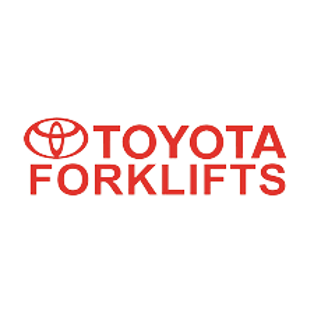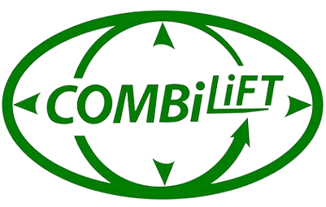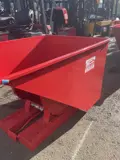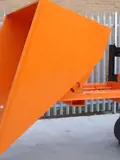Forklift Skips
Forklift skips, also known as forklift bins or forklift hoppers, are specialized attachments used with forklifts for the collection, transport, and disposal of waste, debris, and other materials. These skips are commonly used in construction sites, manufacturing facilities, warehouses, and other environments where efficient waste management is essential. Here's an overview of forklift skips:
Key Features of Forklift Skips:
-
Attachment to Forklifts: Forklift skips are designed to be attached to the forks of a forklift. They are secured using safety chains or other mechanisms to ensure stability during lifting and transportation.
-
Hopper Design: Skips have a hopper-like design that allows materials to be easily loaded and dumped. Some skips may have a release mechanism that allows controlled dumping.
-
Load Capacity: Forklift skips come in various load capacities, accommodating different types of waste or materials.
-
Volume and Dimensions: Skips are available in different sizes and dimensions, allowing you to choose the one that suits your material disposal needs.
-
Durability: Skips are typically constructed from robust materials, such as steel, to withstand the weight and impact of the materials being transported.
-
Safety Features: Many forklift skips are equipped with safety chains or locking mechanisms to prevent accidental detachment from the forklift.
Benefits of Forklift Skips:
-
Efficient Waste Management: Skips enable efficient collection and transportation of waste and debris, reducing clutter and promoting a clean work environment.
-
Time and Labor Savings: Using forklift skips can streamline waste collection and disposal processes, saving time and labor compared to manual methods.
-
Reduced Manual Handling: Skips eliminate the need for workers to manually carry waste to a central collection point, reducing the risk of injury and strain.
-
Versatility: Forklift skips can handle a variety of waste types, including construction debris, scrap metal, wood, and more.
-
Space Optimization: Using skips to collect waste helps keep work areas organized and minimizes the need for multiple waste bins.
-
Environmentally Friendly: Proper waste management using skips contributes to environmentally responsible practices by facilitating recycling and proper disposal.
Considerations:
-
Load Capacity: Choose a skip with an appropriate load capacity to handle the types of materials you'll be collecting.
-
Material Type: Consider the type of materials you'll be disposing of to ensure the skip's design is suitable for efficient loading and dumping.
-
Attachment Mechanism: Ensure that the skip has a secure attachment mechanism compatible with your forklift.
-
Dumping Mechanism: Some skips may have a tipping or dumping mechanism for controlled material discharge.
-
Operator Training: Proper training for forklift operators is essential to ensure safe attachment, transportation, and dumping of skips.
-
Maintenance: Regular maintenance of skips is necessary to ensure their durability and safe operation.
Forklift skips provide an effective solution for managing waste and materials on various job sites. When considering a forklift skip for your operation, assess your material disposal needs, load capacity requirements, and forklift compatibility to choose the appropriate skip model and configuration.









